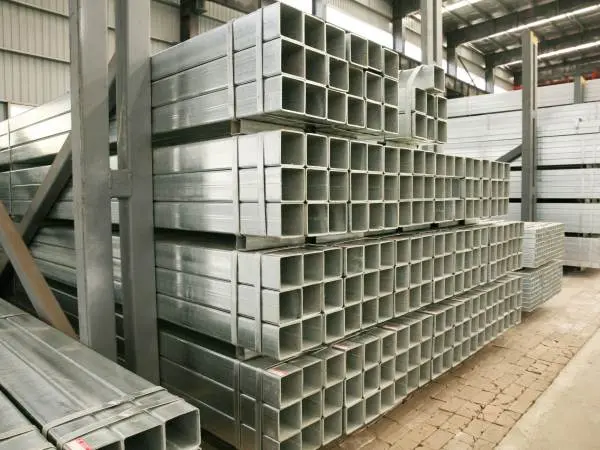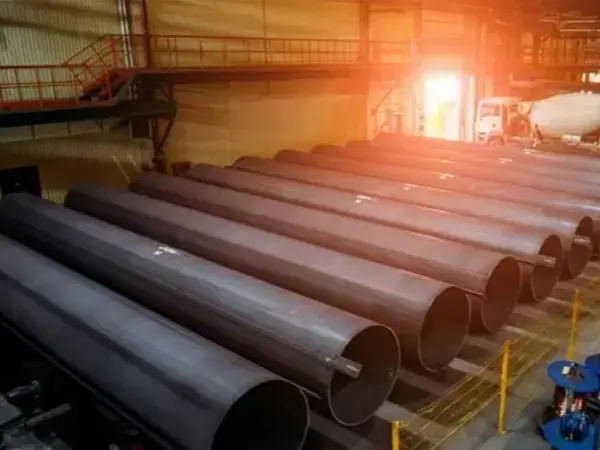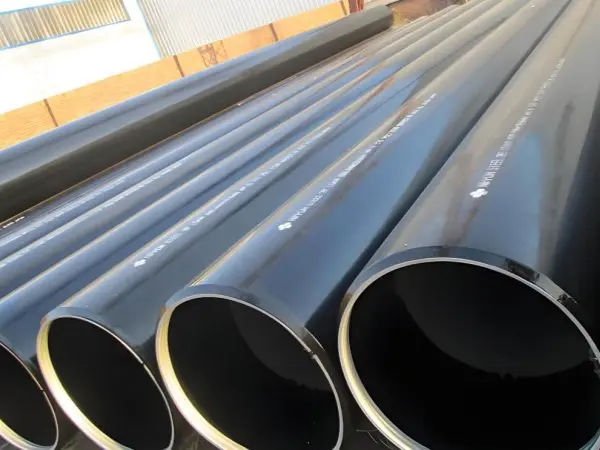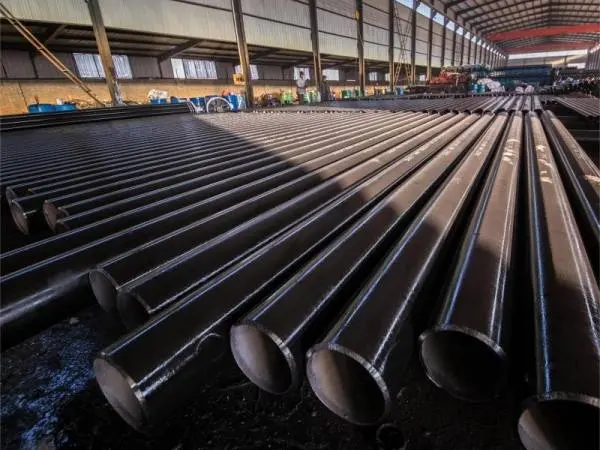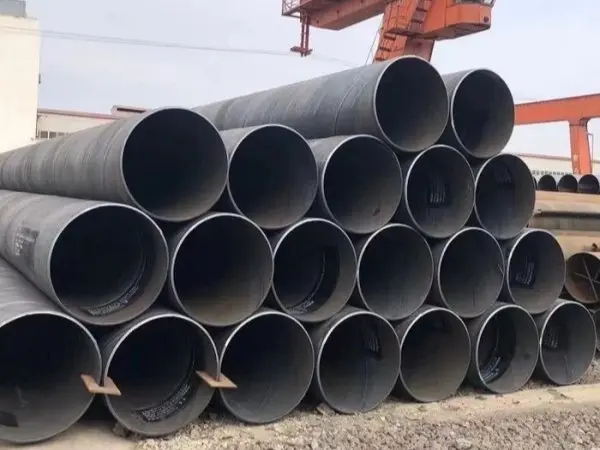- Phone0086 731 8564 8255
- E-mailsales@cscsteel-manufacturing.com
-

When installing epoxy powder coated steel pipes, it’s essential to follow strict guidelines to ensure durability, functionality, and safety. Here is a comprehensive guide outlining each critical step of the process.
1. Steel Pipe Inspection
All plastic-coated water supply pipes, fittings, and interface materials delivered to the site must come with a manufacturer’s certificate and performance test report. Visual inspection is conducted to confirm adherence to standards, and any damaged or substandard materials are strictly prohibited from use.
2. On-Site Pipe Laying
On-site pipe laying is executed with a crane based on the specified drawings and trench layout. Pipes are laid sequentially, connecting end to end, with pipe openings staggered in a zigzag pattern. Each pipe section is supported by a soft mound or sandbag, preventing direct contact with the ground. Special rigging protects the insulation layer and pipe openings, while dragging, rolling, or prying methods are strictly avoided. Measures are taken to prevent damage or scratches to the pipes’ exterior anti-corrosion layer.
3. Hoisting and Transportation of Epoxy Resin Powder Coated Steel Pipes
3.1 Transportation: Pipes are transported on a 40-ton semi-trailer using a sling at least 150 mm wide. Pipes are gently lifted and securely placed to prevent damage to the protective layer.
3.2 Stacking: Pipes are stacked on square logs, secured tightly, with a maximum height of 2 meters. Each pipe type is marked, and ends are sealed to prevent debris from entering.
3.3 Hoisting: A 25-ton truck crane, along with nylon slings and wire rope hooks, lowers each pipe one by one, threading as needed in confined spaces.
4. Assembly of Epoxy Resin Powder Coated Steel Pipes
4.1 Pipe Processing: Pipes are cut to specified lengths using an electric saw and prepared by bevelling and polishing.
4.2 Pipe Cleaning: Before assembly, pipes are cleaned of debris, and ends are temporarily sealed to prevent blockages.
4.3 Installation: Cross arms and inverted chains aid installation, ensuring minimal offset and elevation deviation within acceptable tolerances.
4.4 Connection Standards: Pipe joints should not be forced, and corrective measures, such as heating or padding, are used to address misalignment without compromising the joint integrity.
5. Weld Requirements for Epoxy Powder Coated Steel Pipes
The minimum distance between ring welds on a straight pipe section is 2 meters.
Longitudinal welds should be staggered, with a minimum spacing of 200 mm between them.
6. Welding of Epoxy Powder-Coated Steel Pipes
The project uses plastic-coated steel pipes for water supply, with manual arc welding performed using E43-series electrodes and a BX-500 AC welding machine.
7. Pipe Installation Specifications
7.1 Cutting: Acetylene is used to remove heat-affected zones from cuts, generally at least 0.5 mm thick.
7.2 Incision Quality: Cuts should be smooth, perpendicular to the pipe axis, and free from cracks, slag, and burrs.
7.3 Weld Joint Positioning:
Adjacent welds should be at least 1.5 times the pipe’s nominal diameter apart.
Weld joints should be positioned to allow for inspection and maintenance and should avoid the pipe bottom.
7.4 Surface Cleaning: Bevel edges and surfaces are manually or mechanically cleaned within 100 mm of the edge to remove any dirt, oil, or paint.
